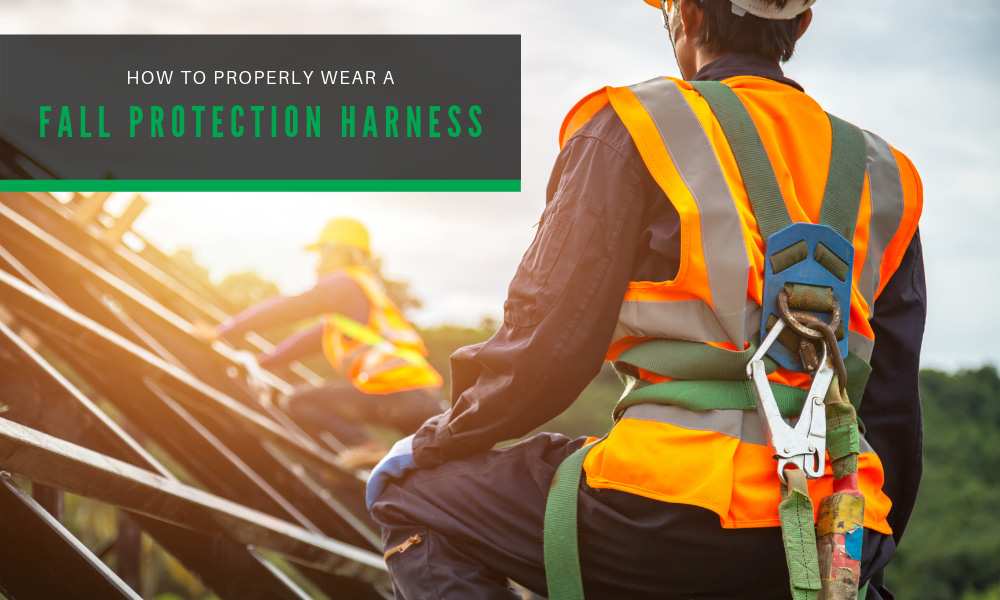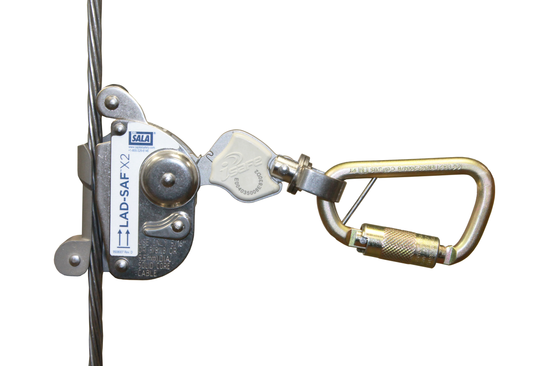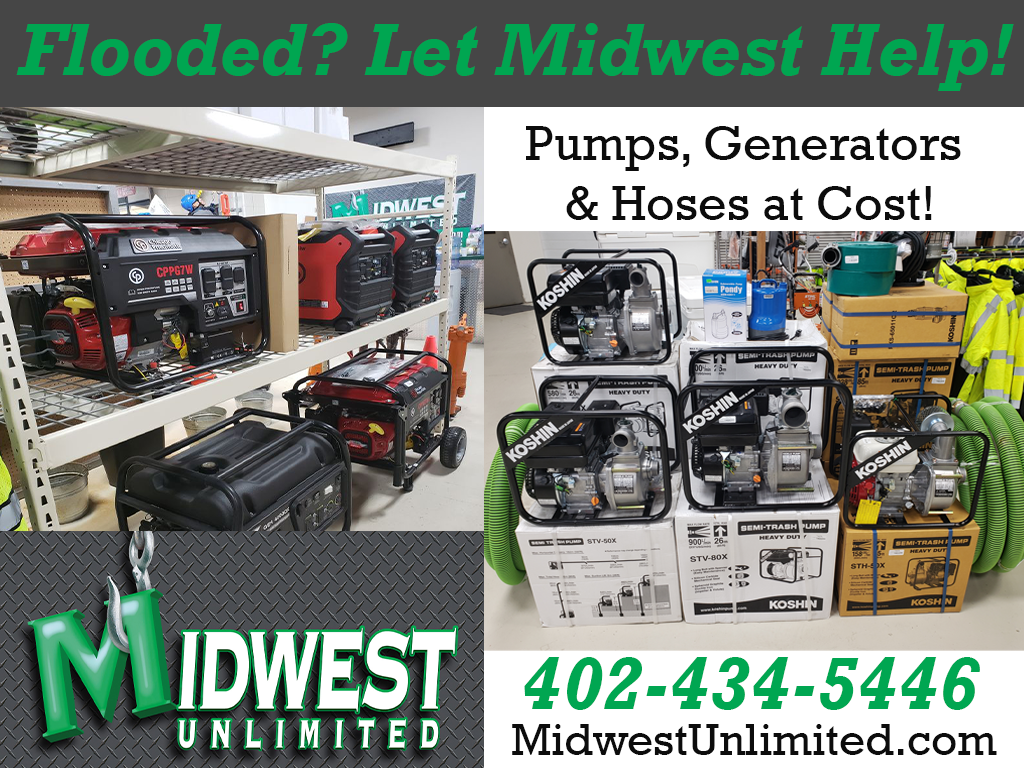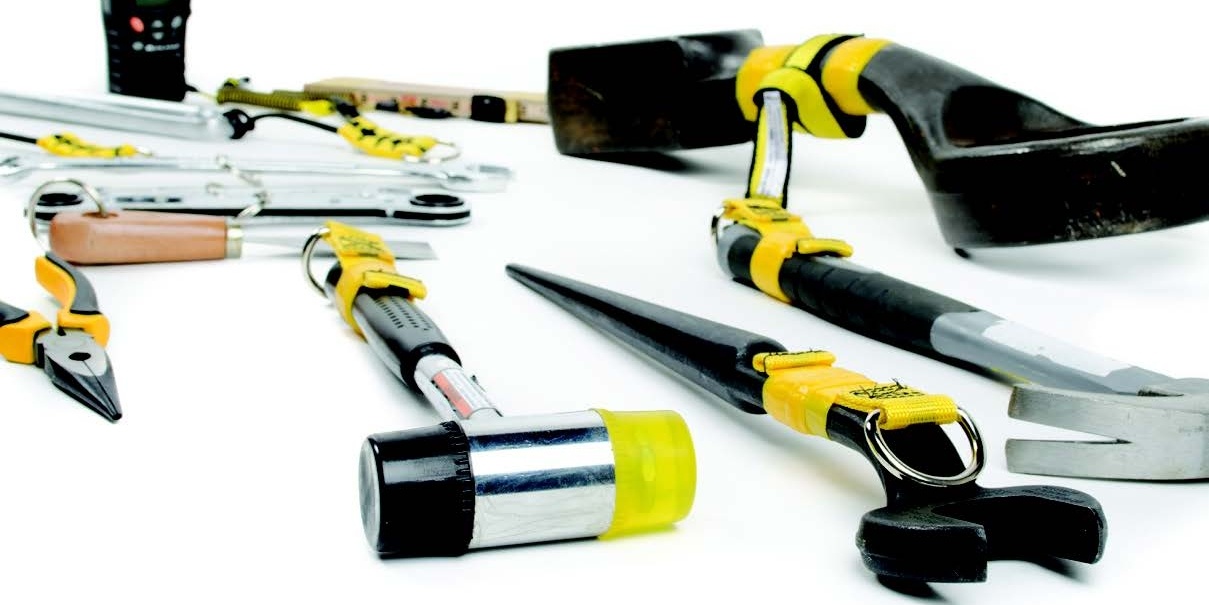Blog
-
Posted: September 30, 2019Read more »

As a tower maintenance or construction professional, your equipment’s condition is crucial to ensure your safety and security on the job. It’s important that you know how to properly maintain these devices to reduce the risk of a fall. For a safe and efficient job, practice these tips for caring for your fall protection equipment.
-
Posted: September 20, 2019Read more »

Rope is an important tool for various tasks. From securing shipments to creating homemade crafts, the uses for this material are as diverse as they are creative.
-
Posted: September 19, 2019Read more »

Every day, linemen workers put their lives on the line to do the job they love. They work at great heights, and the risk of falling and suffering serious injury, or even death, is high.
-
Posted: September 13, 2019Read more »

No matter what field you specialize in, it’s important to practice the proper safety protocols to protect yourself from workplace accidents. This is especially the case for those who work in the tower repair industry. With a career that poses a frequent risk of falling, knowing how to properly wear a fall protection harness can keep you safe when you need it the most.
-
Posted: April 17, 2019Read more »

3M is allowing tower contractors to retrofit existing Lad-Saf systems when the cable does not extend far enough through the top of the carrier clamp.
-
Posted: March 19, 2019Read more »

In response to the flooding disasters in Nebraska, Midwest Unlimited is selling all pumps, hoses, generators, and inverters going towards the residents and businesses affected at dealer cost.
If you are one of those affected, let us say foremost our thoughts are with you. We hope you find these resources helpful in your relief efforts. Also please do not hesitate to call and speak with one of our knowledgeable staff if you have any questions. We are here to support you.
-
Posted: August 24, 2018Read more »

So now you need to know how to tether your tools? Follow this guide, you’ll be a tool-tethering expert before you know it!With the long-awaited dropped object standard ANSI/ISEA 121-2018 finally being approved, we can expect changes across most industries. Because this is a new standard and the solutions used are somewhat new to the industry. We created some brand specific guides to help simplify the process of selecting the proper weight rated equipment to tether your tools. We drilled down on two of the major brands/players in the industry 3M™ DBI SALA® & Ergodyne. Weight ratings and product use instructions are very specific to the brand.
-
Posted: July 30, 2018Read more »

Be prepared...get ahead of the standard. Everything you need to know about tool tethering.
The International Safety Equipment Association (ISEA) and the American National Standards Institute (ANSI) have announced the the long anticipated "Dropped Objects Standard" has been approved. ANSI/ISEA 121-2018, American National Standard for Dropped Object Prevention Solutions.
-
Posted: January 03, 2018Read more »

Know the answers to these questions before you face the cold!
Cold Stress Guide
NOTE:
The Occupational Safety and Health Act (OSH Act) requires employers to comply with hazard-specific safety and health standards. In addition, pursuant to Section 5(a)(1) of the OSH Act, employers must provide their employees with a workplace free from recognized hazards likely to cause death or serious physical harm. Emergency Preparedness Guides do not and cannot enlarge or diminish an employer's obligations under the OSH Act.Emergency Preparedness Guides are based on presently available information, as well as current occupational safety and health provisions and standards. The procedures and practices discussed in Emergency Preparedness Guides may need to be modified when additional, relevant information becomes available or when OSH Act standards are promulgated or
